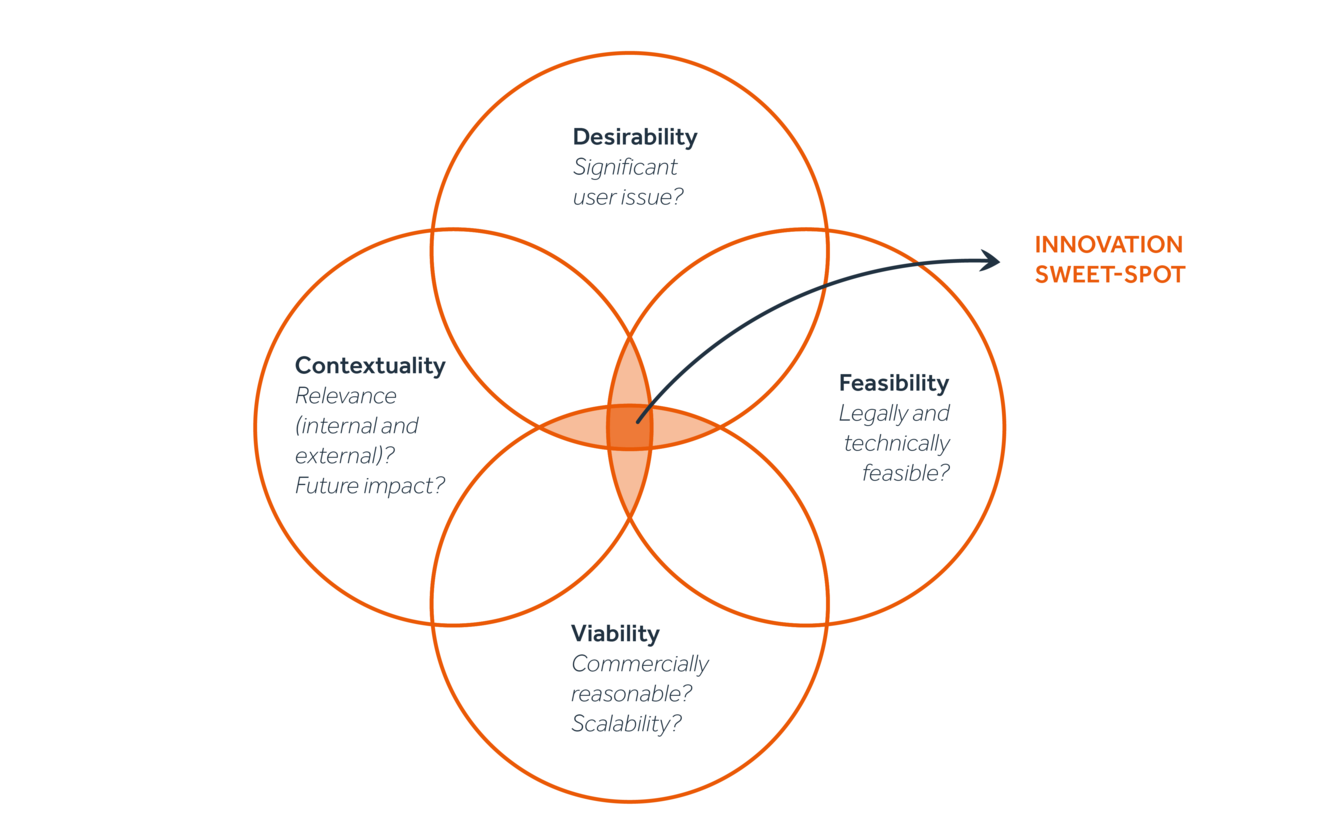Faller Packaging focuses on customer needs in product development
The path from the first idea to market maturity can be long. To enable us to distinguish between good and excellent ideas – and to promote the latter strategically – well-founded innovation management with clear responsibilities, procedures and processes is essential. This is why Faller Packaging has implemented an agile product innovation process (PIP) for new developments.The process creates products and services that are precisely tailored to customer needs.
Faller Packaging, a specialist company for folding cartons, leaflets and labels, relies on an agile product innovation process to promote new and promising ideas that can be used to expand or improve its range of products and services. The aim is to continuously address feedback from pharmacists and users. “PIP emphasizes customer centricity,” explains Kerstin Löffler, Vice President for Marketing & Corporate Communications at Faller Packaging. “By constantly reviewing goals, we can save on budget, time and resources at an early stage in the project, and provide clarity through a structured approach.” Thanks to the PIP, Faller can respond flexibly to customer needs, identify trends and react quickly to changing requirements.
Agile structure
The underlying PIP is interdisciplinary in nature. Faller Packaging assembles small, autonomous teams from different departments to pool knowledge and expertise across disciplines. These teams develop the new products and services in short iterative cycles and bring them to market maturity. During this process, all product ideas pass through different, clearly defined phases that determine whether or not the product idea can hold its own on the market.
Innovation sweet spot
Methods from the areas of design thinking, lean management, scrum and business model innovation are used in the PIP to support the teams in developing new product ideas and help them ask the right questions. This is because the four criteria of the model – contextuality, desirability, feasibility and viability – must be carefully examined. Here “contextuality” means that the idea is checked for relevance both internally and externally. Close examination of the desirability will determine whether or not the idea is needed. Feasibility will ensure that it is legally and technically feasible, while viability describes the economic profitability of the innovation. “If a product is to be developed successfully, we need to look at all four criteria and bring them into balance with one another. The ‘innovation sweet spot’ is the area where this quartet overlaps and it’s the segment we have to ‘hit’ to ensure that we don’t lose sight of our customers’ needs by overdeveloping the products and services,” explains Löffler.

